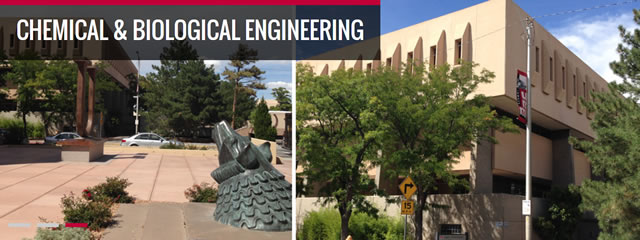
Chemical and Biological Engineering ETDs
Publication Date
7-2-2011
Abstract
This research introduces the use of bucky' papers based on SWNTs as anode electrode materials for the oxidation of NADH and L-Malate oxidation by poly(methylengreen) and malate dehydrogenase respectively. SWNTs were used to create an electrode design consisting of high surface area-hierarchically ordered carbon nanomaterials with controlled surface chemistry. Additionally, this research introduces new cathodes designs based on buckeye and toray papers for air-breathing and liquid electrolyte modes. Buckeye and 0.11mm-thick toray papers are used to design the air-breathing cathode by immobilization of Laccase using a non-covalent linking agent. The liquid electrolyte cathode, designed to be applied in implantable devices, consists of 0.28 mm-thick toray paper as conductive material and Bilirrubin oxidase, the biocatalyst, immobilized silica-gel. The composite nanomaterials and the immobilization techniques utilized in this research would help as departing stage to engineer electrodes designs that meet the criteria required for optimum biofuel cells.'
Keywords
carbon nanotube. bucky paper. electrochemical deposition. chronoamperometry. Krebs cycle. NADH. L-malate dehydrogenase. poly(methylene green). FickΓÇÖs Law. Michaelis-Menten Kinetics. Multicopper Oxidases; Anodes--Materials., Cathodes--Materials., Nanocomposites (Materials), Microbial fuel cells--Design and construction.
Sponsors
AFOSR MURI Program in Fundamentals and Bioengineering of Enzymatic Fuel Cells
Document Type
Thesis
Language
English
Degree Name
Chemical Engineering
Level of Degree
Masters
Department Name
Chemical and Biological Engineering
First Committee Member (Chair)
Lau, Carolin
Second Committee Member
Chi, Eva
Recommended Citation
Narváez Villarrubia, Claudia Wuillma. "Integration of composite nanomaterials into anode and cathode designs." (2011). https://digitalrepository.unm.edu/cbe_etds/52



